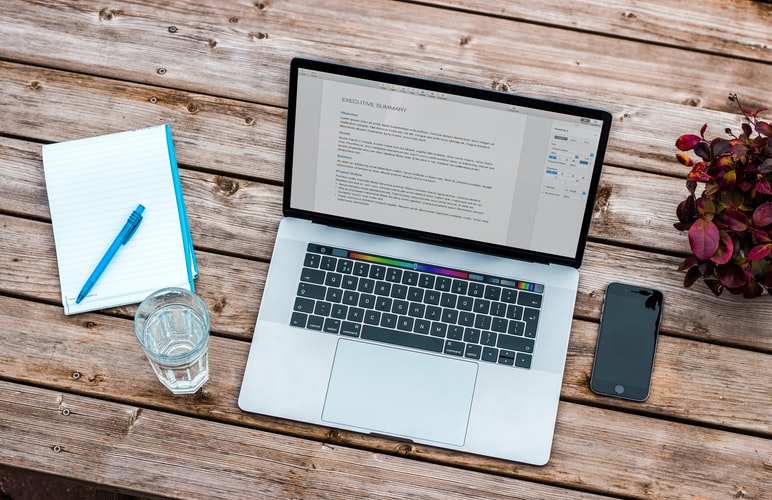In this post, we’ll help you get familiar with the 5 most important and commonly used literary devices in prose and poetry. We will give you a clear definition of each of the terms we’re discussing along with some examples of literary elements.
Often, literary devices are used in writing for emphasis or clarity. Authors will also use literary devices to get readers to connect more strongly with either a story as a whole or specific characters or themes.
So why is it important to know different literary devices and terms? Aside from helping you get good grades on your literary analysis homework or an exam, there are several benefits to knowing the techniques authors commonly use.
For example, being able to identify symbols in a story can help you figure out why the author might have chosen to insert those focal points, and what those might suggest in regard to their attitude toward certain events, plot points, and characters.
Finally, literary techniques are important to know because they make texts more interesting and more fun to read.
Thanks for reading! If you find this useful, please check our website that covers various English Literature and Language courses here:
WHAT ARE LITERARY DEVICES?
Literary devices are techniques that writers use to create a special and pointed effect in their writing, to convey information, or to help readers understand their writing on a deeper level. In this post, we’ve talked about Descriptive Writing Techniques that will help you write more vividly, make sure you check it out as well as it’s an inseparable part of descriptive writing as a whole.
LIST OF LITERARY DEVICES:
METAPHOR/SIMILE
Metaphors are when ideas, actions, or objects are described in non-literal terms. In short, it’s when an author compares one thing to another. The two things being described usually share something in common but are unalike in all other aspects.
Example:
“The snow is a white blanket.”
“The calm lake was a mirror.”
A simile is a type of metaphor in which an object, idea, character, action, is compared to another thing using words “as” or “like.”
Example:
“This house is as clean as a whistle.”
“He is strong like an ox.”
IMAGERY
Imagery is when an author describes a scene, thing, or idea so that it appeals to our senses (taste, smell, sight, touch, or hearing). This device is often used to help the reader clearly visualise parts of the story by creating a strong mental picture.
Example:
On either side the river lie
Long fields of barley and of rye,
That clothe the wold and meet the sky;
And thro’ the field the road runs by
To many-tower’d Camelot;
The yellow-leaved waterlily
The green-sheathed daffodilly
Tremble in the water chilly
Round about Shalott.
“The Lady of Shalott”, Alfred Lord Tennyson

ALLEGORY
An allegory is a story that is used to represent a more general message about real-life (historical) issues, and/or events. It is typically an entire book, novel, play, etc.
Example:
George Orwell’s dystopian book “Animal Farm” is an allegory for the events preceding the Russian Revolution and the Stalinist era in early 20th century Russia. Here we also have another language device called satire.
PERSONIFICATION
Personification is when a nonhuman figure or other abstract concept or element is described as having human-like qualities or characteristics.
It is used to help the reader create a clearer mental picture of the scene or object being described.
Example:
We are bombarded by the empty air.
Strange, it is a huge nothing that we fear.
“Storm on the Island”, Seamus Heaney
SYMBOLISM
Symbolism refers to the use of an object, figure, event, situation, or another idea in a written work to represent something else – typically a broader message or deeper meaning that differs from its literal meaning.
The things used for symbolism are called “symbols”, and they will often appear multiple times throughout a text, sometimes even changing the meaning as the story progresses.
E.g. A chain can symbolise the two things coming together.
Black is used to represent death or evil.
HOW TO MEMORISE AND ANALYSE LITERARY DEVICES IN 4 STEPS:
- Read closely and carefully
- Memorise common literary terms
- Know the author’s intended audience
- Take notes and bookmark key passages and pages
We’ve prepared for you Descriptive and Creative Writing Prompts so you can start practising everything you’ve learned from this article straight away!
Thanks for reading! If you find this useful, please check our website that covers various English Literature and Language courses here:












